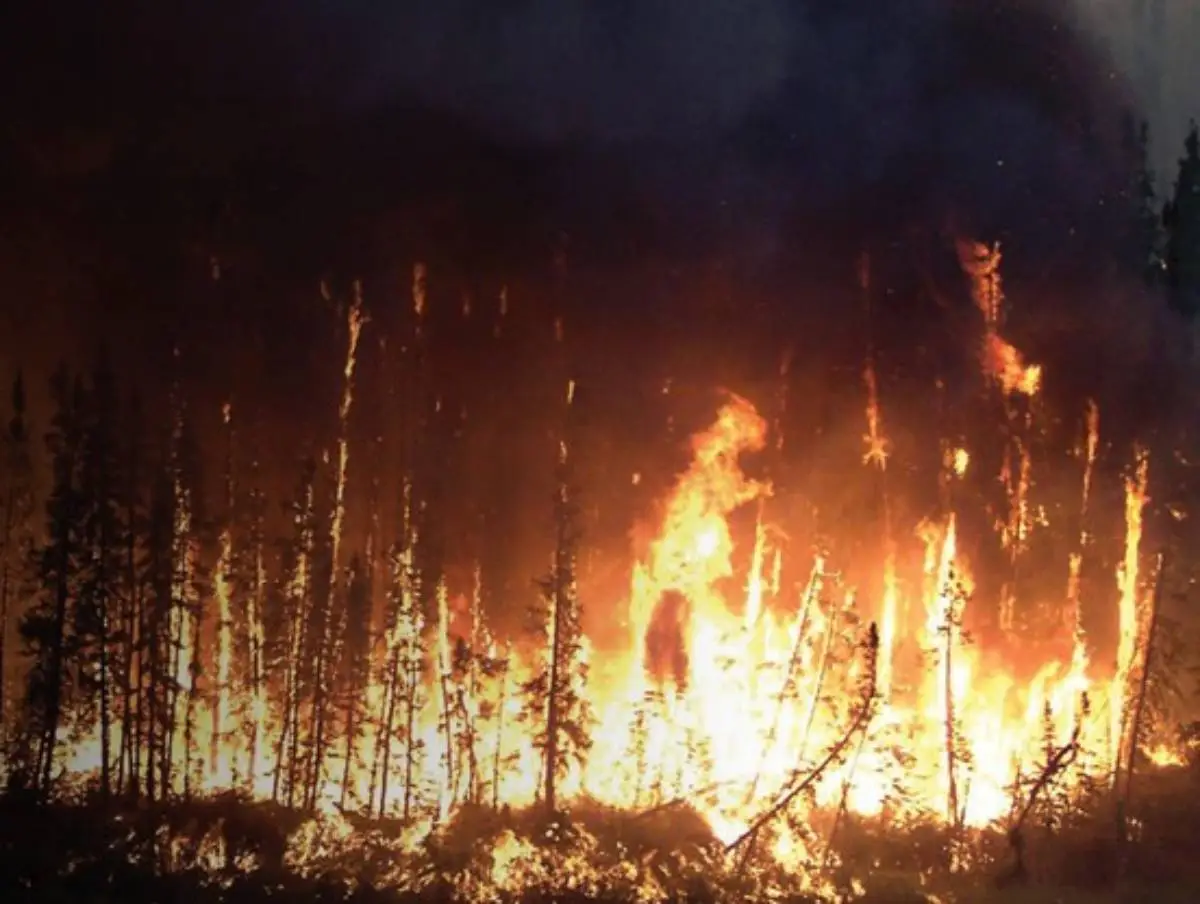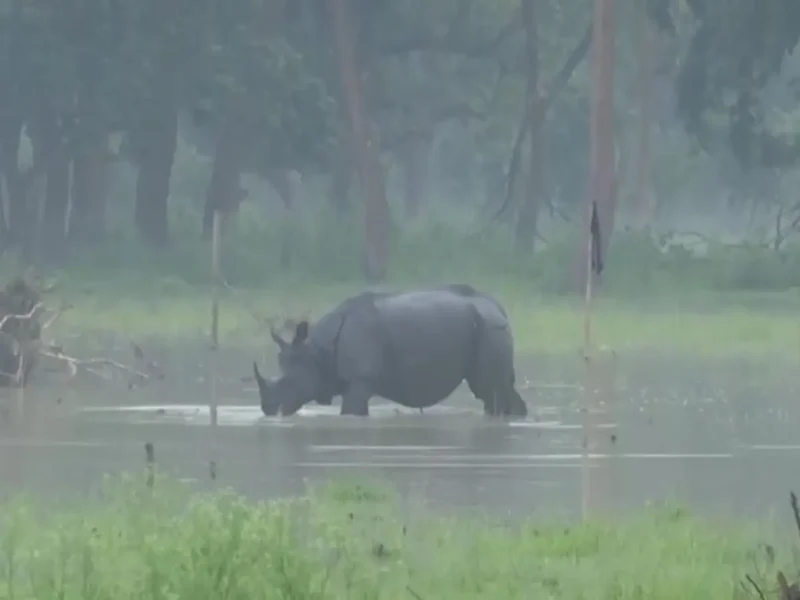
Early Canada Wildfires Threaten Air Quality Across U.S.
Photo: @MBGov
India-West News Desk
NEW YORK, NY – Early-season wildfires erupting across Canada’s prairie provinces are already threatening air quality across parts of the United States, raising fresh alarm about the long-term consequences of climate change and the increasing scale of fire seasons. According to The Guardian, the smoke from these intense blazes is pushing into the upper atmosphere, drifting southward and triggering air quality alerts across multiple U.S. states.
In Manitoba, nearly 200,000 hectares have already burned this year—triple the province’s recent full-year average. The Canadian military is currently airlifting more than 17,000 residents from fire-threatened zones in what is described as the largest evacuation in recent memory for the province.
Satellite imagery analyzed by scientists shows that the wildfires are not only extensive but also exceptionally intense, producing towering clouds of smoke that can be transported thousands of miles. This has prompted the U.S. National Weather Service to issue air quality warnings for parts of northern Minnesota, with models forecasting worsening conditions across major cities including Chicago, Detroit, and Washington D.C. in the coming days. Air quality indices in some areas may reach the “red” zone—above 150—indicating unhealthy levels for all individuals.
Meteorologists and fire experts point to an extended spell of unusually warm and dry weather as a key driver of this year’s explosive fire behavior—a pattern closely linked to human-caused climate change. As The Guardian reports, wildfires in Canada are now a major contributor to global carbon emissions. In 2023 alone, fires in the country were responsible for a staggering one-quarter of global fire-related carbon output, the highest ever recorded from a single nation.
Public health officials are urging people in smoke-affected areas to take precautions: remain indoors when possible, wear N95 masks outside, seal windows, and use air purifiers to reduce exposure to hazardous particulates.
As the wildfire season starts earlier and with more severity each year, the growing impact on both local populations and international air quality is becoming harder to ignore.




